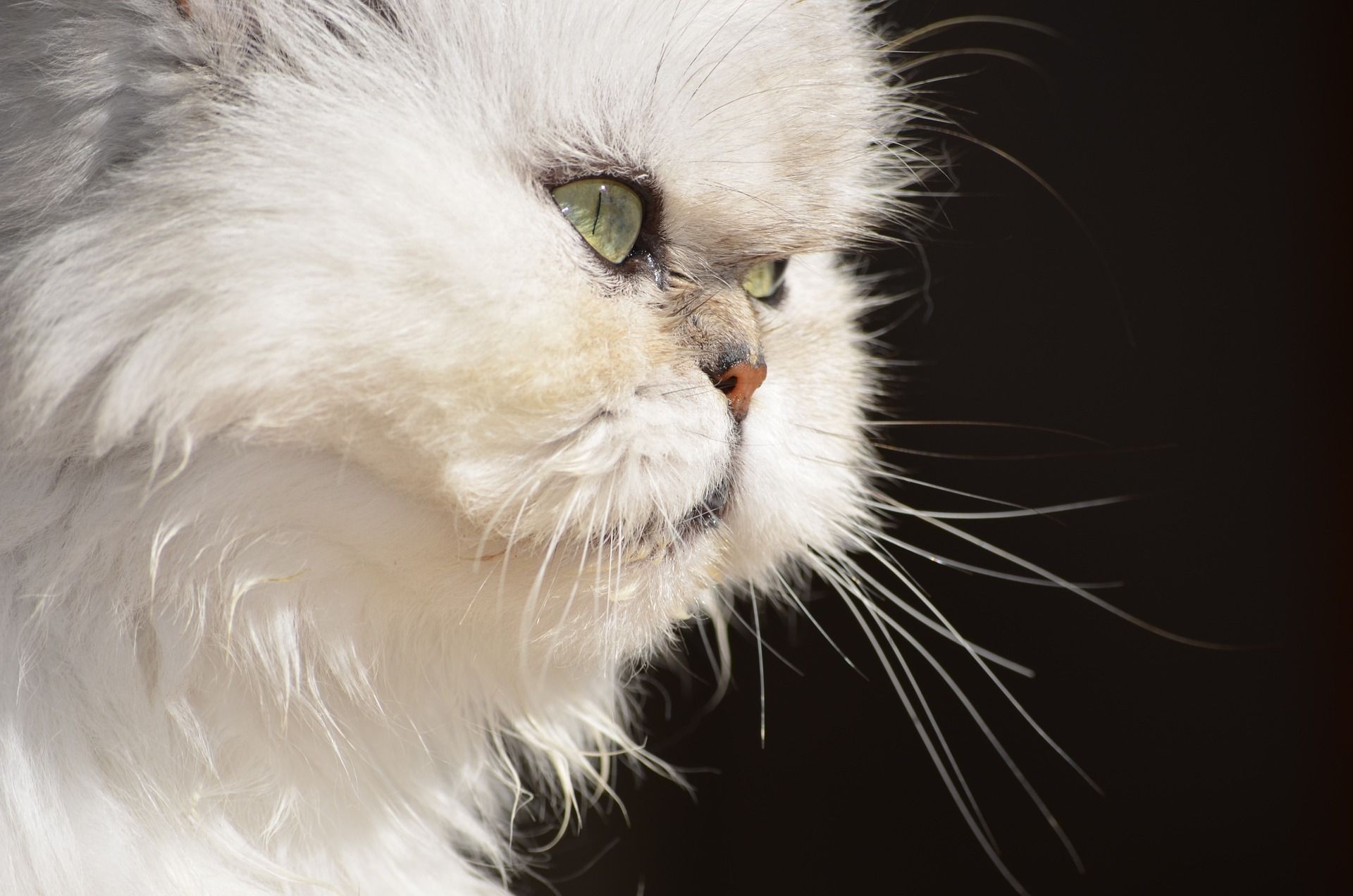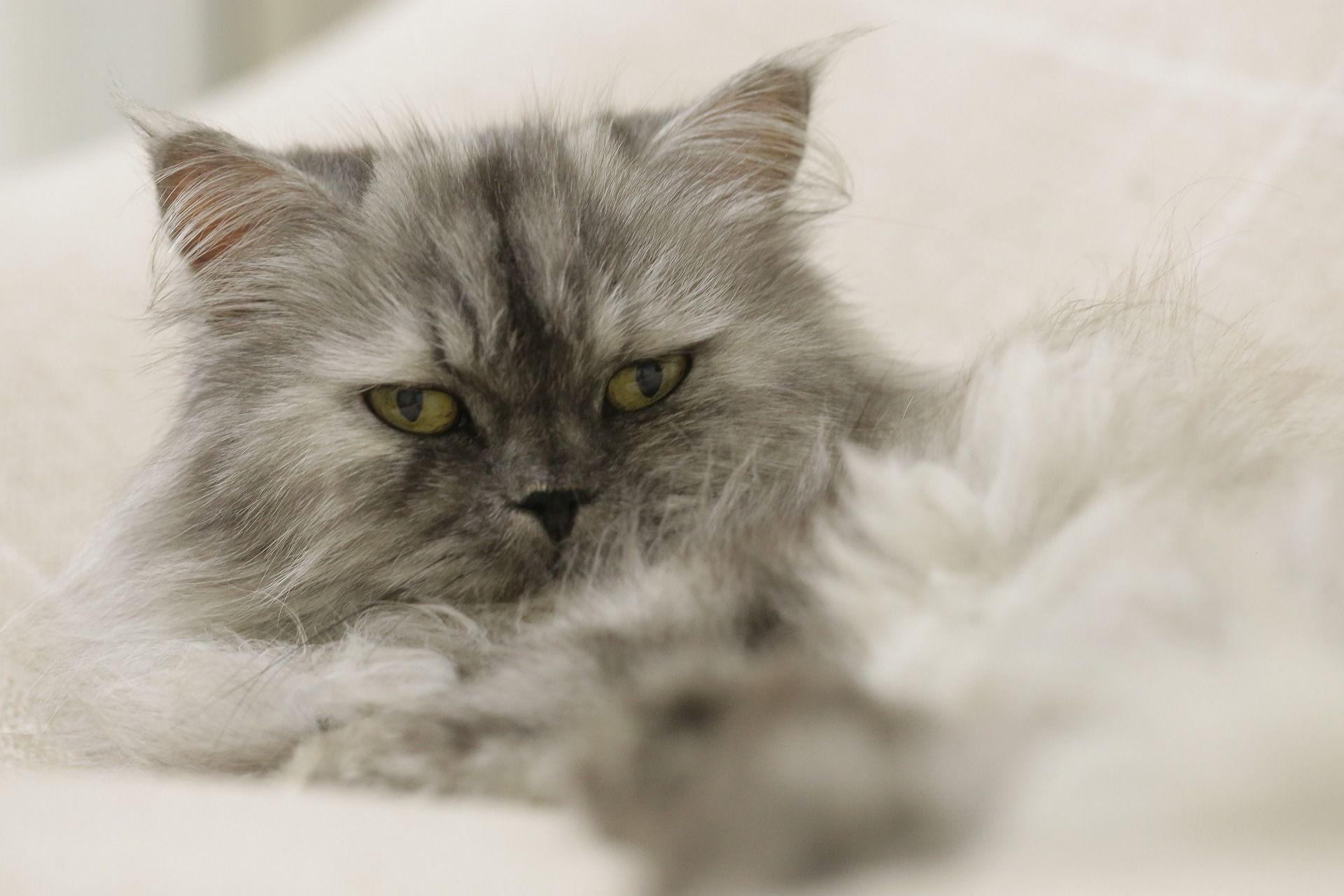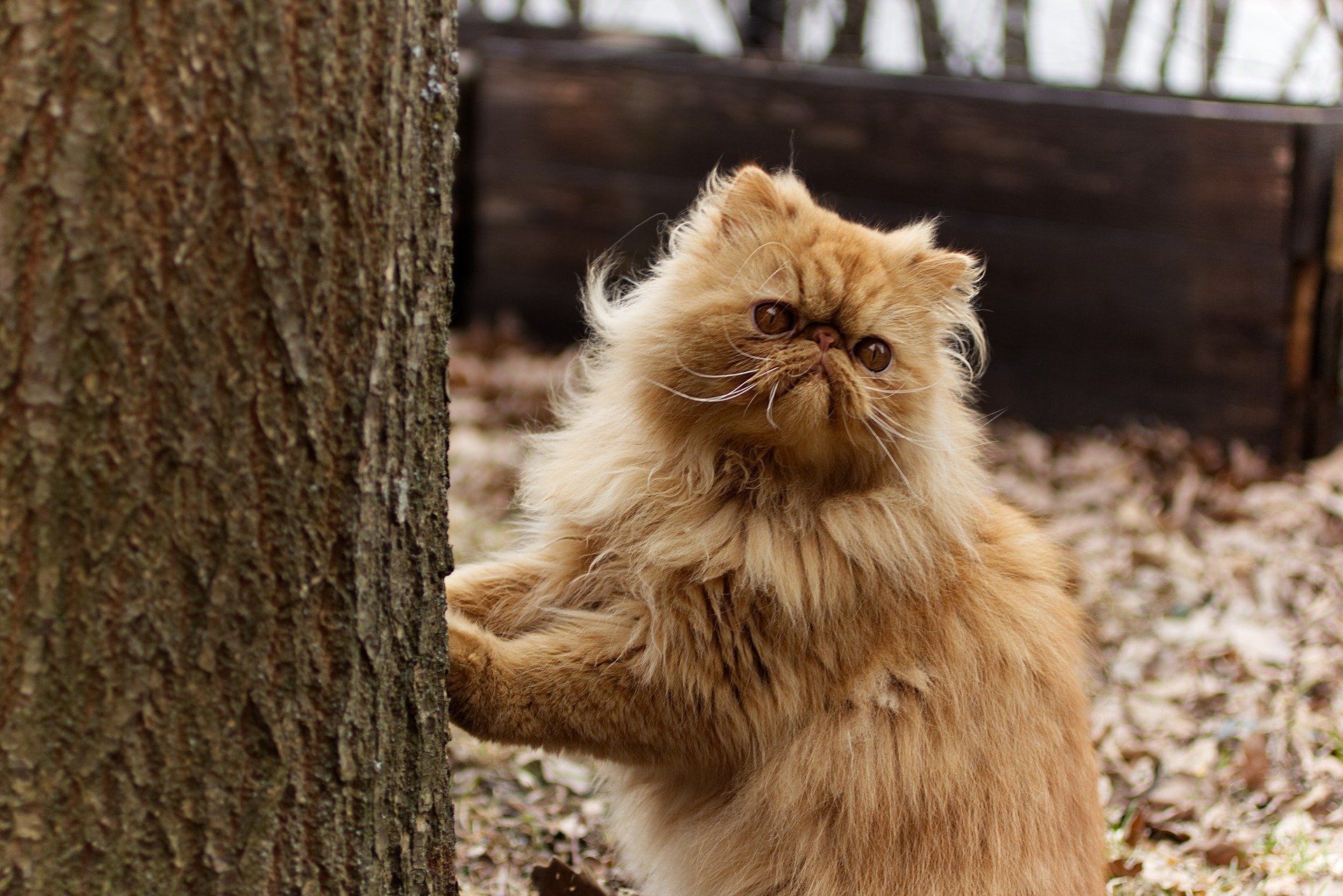Are Persian cats good family pets? Do they get along with children, dogs, cats, and other family pets? How do they compare to other cat breeds?

When considering a furry addition to the family, Persian cats often come to mind due to their striking appearance and renowned temperament. With their luxurious coats and gentle demeanor, Persian cats are widely regarded as excellent pets for many households. Their affectionate nature, calm demeanor, and compatibility with various living environments make them popular choices among cat enthusiasts. However, factors such as grooming needs, indoor lifestyle requirements, and compatibility with children and other pets should be considered before bringing home a Persian cat.
Table of Contents
-
Are Persian Cats Good family Pets?
-
The Positive Attributes of Persian Cats as Family Pets
- #1 — Gentle and Calm Temperament
- #2 — Affectionate Nature
- #3 — Compatibility with Children
- #4 — Harmonious Relationships with Other Pets
- #5 — Adaptability to Indoor Living
- #6 — Low-Energy Lifestyle
- #7 — Emotional Support and Companionship
- #8 — Relaxed Demeanor
- #9 — Playfulness and Curiosity
- #11 — Adaptability to Different Lifestyles
-
Potential Drawbacks and Challenges of Persian Cats as Family Pets
- #1 — High Grooming Needs and Maintenance
- #2 — Health Considerations and Genetic Predispositions
- #3 — Potential Behavioral Issues Due to Stress
- #4 — Prone to Eye Staining and Tear Duct Issues
- #5 — Potential Respiratory Problems Due to Facial Structure
- #6 — Increased Risk of Dental Issues
- #7 — Potential for Weight Management Challenges
- #8 — Increased Sensitivity to Environmental Changes
-
Are Persian Cats Good family Pets?
Persian cats have long been revered for their regal appearance and gentle disposition, making them popular choices as family pets. However, determining their suitability for family life requires a thorough examination of their traits, needs, and compatibility with various household dynamics.
Let’s delve into the multifaceted aspects of Persian cats as family pets, exploring their positive attributes, potential drawbacks, and how they compare to other cat breeds.
The Positive Attributes of Persian Cats as Family Pets
#1 — Gentle and Calm Temperament
Persian cats are known for their gentle and calm demeanor, which makes them excellent companions for families. They are typically relaxed and easygoing, creating a peaceful atmosphere in the home.
In comparison to some other breeds known for their more energetic or independent nature, such as Siamese cats or Bengal cats, Persian cats tend to be more laid-back and adaptable to a family environment.
#2 — Affectionate Nature
Persian cats are affectionate and enjoy forming strong bonds with their human companions. They often seek out cuddles and attention from their family members, providing comfort and emotional support. This affectionate nature makes them ideal pets for individuals or families seeking a loving and loyal companion.
In comparison to breeds known for their aloofness or independence, such as the Norwegian Forest Cat or the Scottish Fold, Persian cats are more inclined to seek out human interaction and thrive on companionship.
#3 — Compatibility with Children
Persian cats are generally tolerant and patient with children, making them suitable pets for families with kids. They can handle the noise, activity, and occasional rough handling that often comes with living with children. This compatibility with children is a significant advantage for families seeking a pet that can interact safely and positively with younger family members.
In comparison, breeds with less tolerance for noisy or active environments, such as the Russian Blue or the Abyssinian, may not be as well-suited for households with young children.
#4 — Harmonious Relationships with Other Pets
Persian cats typically get along well with other pets, including dogs and other cats. Their non-aggressive nature and calm demeanor contribute to harmonious relationships within multi-pet households. This ability to coexist peacefully with other animals is advantageous for families with existing pets or those considering adding another pet to the household in the future.
In comparison, breeds known for their territorial behavior or aggression towards other animals, such as the Bengal or the Turkish Van, may present challenges in multi-pet households.
#5 — Adaptability to Indoor Living
Persian cats are well-adapted to indoor living environments and thrive in the comfort and safety of the home. They enjoy lounging in sunny spots, exploring indoor spaces, and interacting with their human family members. i
This adaptability to indoor living makes them suitable companions for individuals or families living in apartments, condos, or urban areas where outdoor space may be limited.
In comparison, breeds with high energy levels or strong hunting instincts, such as the Bengal or the Siberian, may require access to outdoor space or more extensive enrichment activities to thrive in an indoor environment.
#6 — Low-Energy Lifestyle
Persian cats have a relatively low-energy lifestyle and enjoy leisurely activities such as lounging, napping, and being pampered by their owners. They are content to spend much of their time indoors, relaxing in comfortable surroundings.
This low-energy lifestyle makes them an excellent choice for families seeking a pet that can adapt to a more relaxed pace of life.
In comparison, breeds with higher energy levels or a more active disposition, such as the Abyssinian or the Bengal, may require more mental and physical stimulation to prevent boredom or behavioral issues.
#7 — Emotional Support and Companionship
Persian cats offer emotional support and companionship to their human family members, providing unconditional love and loyalty. They enjoy spending time with their owners, offering cuddles, purrs, and affectionate gestures.
This emotional bond between Persian cats and their owners can bring joy, comfort, and a sense of fulfillment to individuals and families, enriching their lives and creating lasting bonds.
In comparison to breeds known for their independence or aloofness, such as the Scottish Fold or the Russian Blue, Persian cats are more inclined to seek out human interaction and form strong attachments with their owners.
#8 — Relaxed Demeanor
Persian cats are known for their relaxed and easygoing demeanor, which contributes to a calm and peaceful household atmosphere. They are not easily startled or stressed and tend to take life at a leisurely pace.
This relaxed demeanor is beneficial for families seeking a pet that can adapt well to various household routines and environments.
In comparison to breeds known for their high-strung or anxious tendencies, such as the Siamese or the Cornish Rex, Persian cats are more likely to remain composed and composed in stressful situations.
#9 — Playfulness and Curiosity
Despite their laid-back nature, Persian cats can still exhibit playfulness and curiosity, especially when provided with stimulating toys and activities. They enjoy interactive play sessions with their owners, chasing toys, and exploring their environment. This playful nature can provide entertainment and enrichment for both the cat and its human family members.
In comparison to breeds known for their high energy levels or mischievous tendencies, such as the Bengal or the Devon Rex, Persian cats may engage in play more selectively and prefer quieter, more controlled activities.
#11 — Adaptability to Different Lifestyles
Persian cats are adaptable to various lifestyles and living situations, making them
Persian cats exhibit a gentle, affectionate temperament, making them compatible with children and other pets, while their low-energy lifestyle, adaptability to indoor living, and ability to provide emotional support and companionship contribute to their appeal as excellent family pets.
Potential Drawbacks and Challenges of Persian Cats as Family Pets
#1 — High Grooming Needs and Maintenance
Persian cats have long, dense coats that require regular grooming to prevent matting and tangles, which can be time-consuming and labor-intensive for owners.
Unlike short-haired breeds like the American Shorthair or the British Shorthair, Persian cats’ long fur necessitates more frequent grooming, potentially posing challenges for owners with limited time or grooming experience.
#2 — Health Considerations and Genetic Predispositions
Persian cats are predisposed to certain health issues, including respiratory problems, dental issues, and polycystic kidney disease (PKD), due to their brachycephalic facial structure and genetic predispositions.
While all breeds may have specific health concerns, Persian cats’ brachycephalic features may increase their susceptibility to respiratory issues compared to breeds with longer muzzles, such as the Siamese or the Maine Coon.
#3 — Potential Behavioral Issues Due to Stress
Persian cats are sensitive creatures and may experience stress or anxiety in response to changes in their environment or routine, leading to potential behavioral issues such as hiding, aggression, or inappropriate urination.
While stress-related behavioral issues can occur in any breed, Persian cats’ sensitive nature may make them more prone to such issues compared to breeds known for their resilience and adaptability, such as the Ragdoll or the Norwegian Forest Cat.
#4 — Prone to Eye Staining and Tear Duct Issues
Persian cats’ prominent eyes and flat faces make them prone to tear duct issues and excessive eye discharge, leading to unsightly staining around the eyes and potential discomfort for the cat.
While tear staining can occur in any breed, Persian cats’ facial structure may exacerbate the issue compared to breeds with more pronounced muzzles, such as the Abyssinian or the Russian Blue.
#5 — Potential Respiratory Problems Due to Facial Structure
Persian cats’ brachycephalic facial structure can predispose them to respiratory problems such as brachycephalic airway syndrome (BAS) or heat intolerance, which can impact their quality of life and require veterinary intervention.
Breeds with longer muzzles, such as the Siamese or the Oriental Shorthair, may have a reduced risk of respiratory issues compared to Persian cats due to their more open airways and enhanced heat dissipation capabilities.
#6 — Increased Risk of Dental Issues
Persian cats’ flat faces and crowded teeth can predispose them to dental issues such as periodontal disease or tooth decay, which require regular dental care and potential veterinary treatment.
While dental issues can affect all breeds, Persian cats’ facial structure may increase their susceptibility compared to breeds with longer muzzles, such as the Maine Coon or the Siberian.
#7 — Potential for Weight Management Challenges
Persian cats have a tendency to gain weight if not provided with proper diet and exercise, which can increase their risk of obesity and related health issues.
While obesity can affect any breed, Persian cats’ low activity levels and preference for indoor living may increase their susceptibility compared to breeds with higher energy levels or more active lifestyles, such as the Bengal or the Abyssinian.
#8 — Increased Sensitivity to Environmental Changes
Persian cats are sensitive creatures that may experience stress or anxiety in response to changes in their environment, routine, or household dynamics, which can manifest in behavioral issues or health concerns.
Persian cats’ sensitive nature may make them more susceptible to stress-related issues compared to breeds known for their adaptability and resilience, such as the Maine Coon or the British Shorthair.
Wrapping Up
In conclusion, Persian cats possess numerous positive attributes that make them excellent family pets, including their gentle temperament, affectionate nature, and adaptability to indoor living environments.
However, potential owners should be mindful of their grooming needs, health considerations, and how they compare to other cat breeds in terms of temperament and lifestyle compatibility.
By carefully evaluating these factors, individuals can make informed decisions and provide a loving and nurturing home for their Persian cat, enriching both their lives and the lives of their feline companions.

